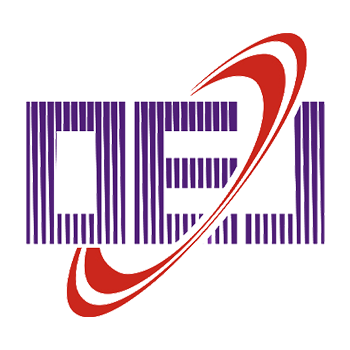-
Abstract
Structured illumination, a wide-field imaging approach used in microscopy to enhance image resolution beyond the system's diffraction limits, is a well-studied technique that has gained significant traction over the last two decades. However, when translated to endoscopic systems, severe deformations of illumination patterns occur due to the large depth of field (DOF) and the 3D nature of the targets, introducing significant implementation challenges. Hence, this study explores a speckle-based system that best suits endoscopic practices to enhance image resolution by using random illumination patterns. The study presents a prototypic model of an endoscopic add-on, its design, and fabrication facilitated by using the speckle structured illumination endoscopic (SSIE) system. The imaging results of the SSIE are explained on a colon phantom model at different imaging planes with a wide field of view (FOV) and DOF. The obtained imaging metrics are elucidated and compared with state-of-the-art (SOA) high-resolution endoscopic techniques. Moreover, the potential for a clinical translation of the prototypic SSIE model is also explored in this work. The incorporation of the add-on and its subsequent results on the colon phantom model could potentially pave the way for its successful integration and use in futuristic clinical endoscopic trials. -



 E-mail Alert
E-mail Alert RSS
RSS


